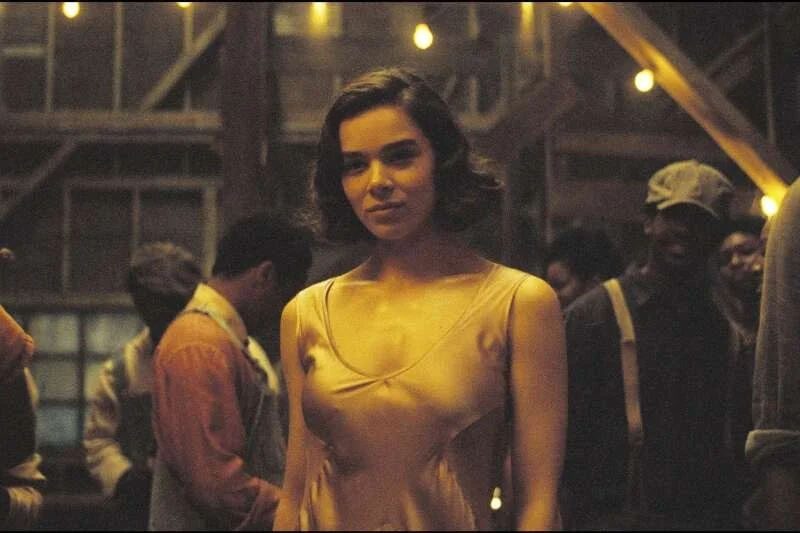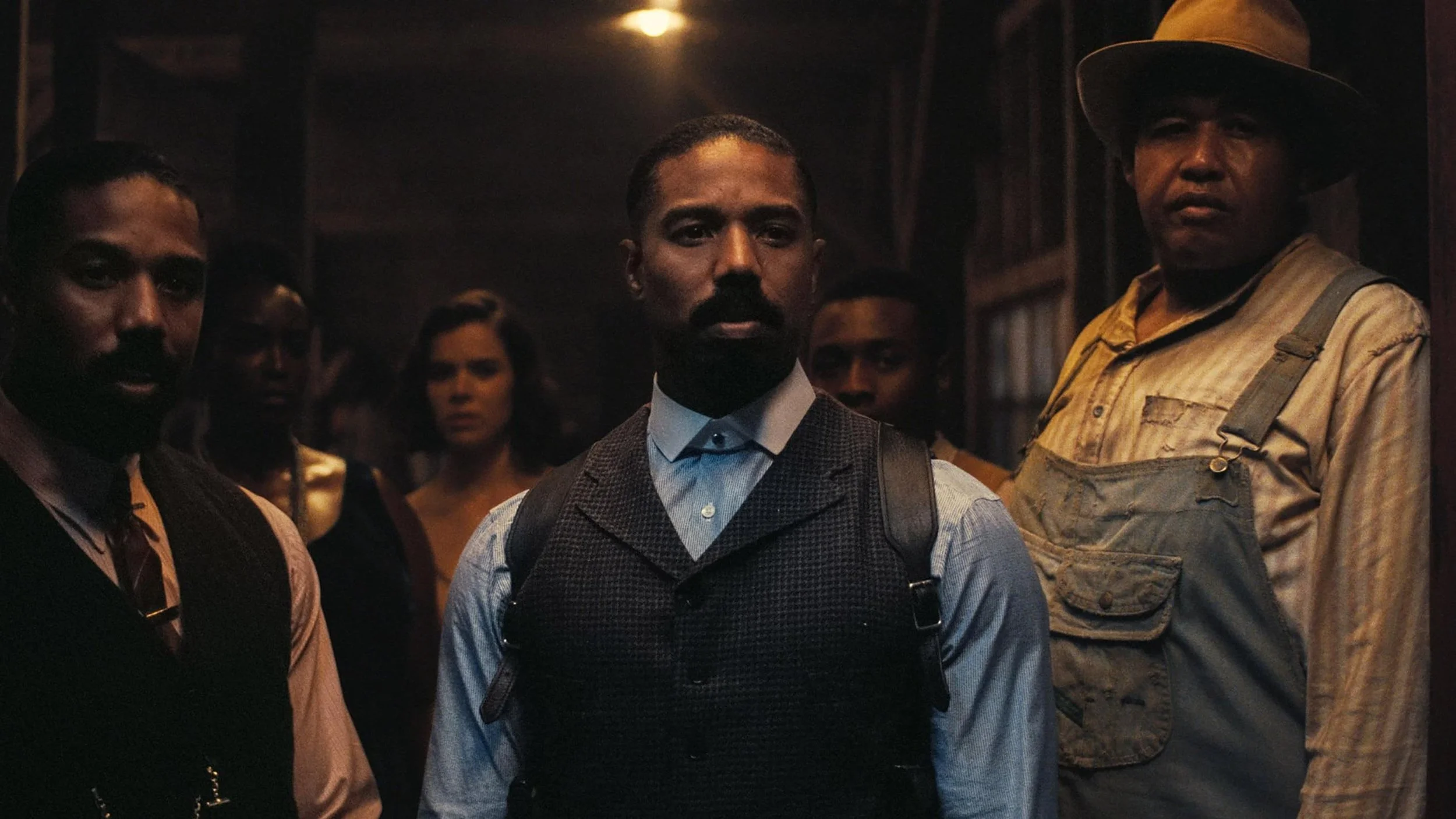A Review of Ryan Coogler’s SINNERS
By Dr. Katrina Hazzard
I’ve been thinking a lot about that film. It’s the first film that I’ve watched at least three times. I have my criticisms of it, but I also think that it is a masterpiece. When we compare that movie with anything produced anywhere in the world, it is an artistic masterpiece aesthetically. It is overflowing with symbolism from the “jump.” Everything from the opening scene with “Lil’ Sammy” and the introduction of the “Smokestack” twins is overflowing with rich historical and humanistic themes. The sacredness of twins, among many African ethnic groups, is undeniable; so is the referencing of twins in ancient literary and mythological themes as far back as mankind can remember. The duality of human nature is a concept that is a Cultural Universal. The Yoruba Esu, the principle of uncertainty, duality, and choice is an example of reverence for this universal principle. So also is the African-American Br’er rabbit another example of the trickster duality. Man struggles with himself in this film, religion with Hoodoo, urban Chicago with rural Clarksdale, non-white with white, assimilation with cultural resistance, male with female, and canopying it all is imperfect good struggling with evil.
It has a few places where it could have been made more potent, but everything from the colors, the music, the presentation, and timing of the characters is outstanding and looks as if it were done with care. I absolutely loved Delroy Lindo‘s character, Delta Slim. He delivers one of the most important lines in the film when he tells Sammy “blues wasn’t forced on us like that religion, we brought this from home,” “what we do is sacred and big.” He says that what “they,” the blues men, do is sacred. Near the final scene Lindo becomes a reference to Jesus Christ himself, arms outstretched, as if nailed to a crucifix, blood spurting from his veins having been self-inflicted, with an Irish beer bottle, he presents himself as a living sacrifice in a ritual of profane communion as the vampires devour his flesh! He remains standing between his community and the greater evil.
The location and time of the ethnic mix of roles is a potent presentation of the American “racial and cultural mix,” particularly in dancing and music. That the three vampires are Irish is a reference to the Irish role and the American slave system, but it also speaks to the elements of cultural exchange from both sides of the black-white divide. Though this movie takes the form of a vampire film, it truly is much more than a mere “horror flick.” This film is exciting from the beginning, in which little Sammy, scarred-faced, referencing traditional African scarification rituals, literally stands in the doorway of the church. The doorway is one of Esu’s locations. He stands there in the portal between good and evil with a broken neck of an “instrument of the devil.” By centering the music known as the Blues, the filmmaker allows the concentric circles of previous and contemporary music and dance forms to radiate. The blues, more than any other form of American music, has lived a contested duality: certain elements from the music and the dance have moved freely between the church and the “Jook,” later known as the juke joint. Prior to WWII, a clear distinction between sacred and secular was still opaque and minimally extant for many African American folks. Thomas Dorsey, the father of American gospel music, was Ma Rainey’s songwriter before he became saved and began writing sacred gospel music; and many of the most successful and seminal Black vocalists have come from “the church.” The Black church has produced more great Black vocalists than Juilliard. As you see, my praise certainly outweighs my criticism of the film. Nevertheless, my minor criticisms are that Little Mary would have used the term “Negro” instead of saying that her grandfather was half-“black.” A “two head” woman, root worker, in the Delta in the 1930’s would not have said “Ashe” as she refreshed the mojo bag. The mojo bag that Smoke wore would probably have been worn around his waist with the bag hanging between his legs, and not around his neck. In the scene where the ancestors return and the roof appears to be on fire, I would have included a Michael Jackson character or James Brown visual reference. And I would have included someone in a choir robe “catching the Holy Ghost.” I highly recommend that all moviegoers, who enjoy well crafted films, see this great movie. I’m going to watch it one more time; there’s more to say, but I will stop here.



